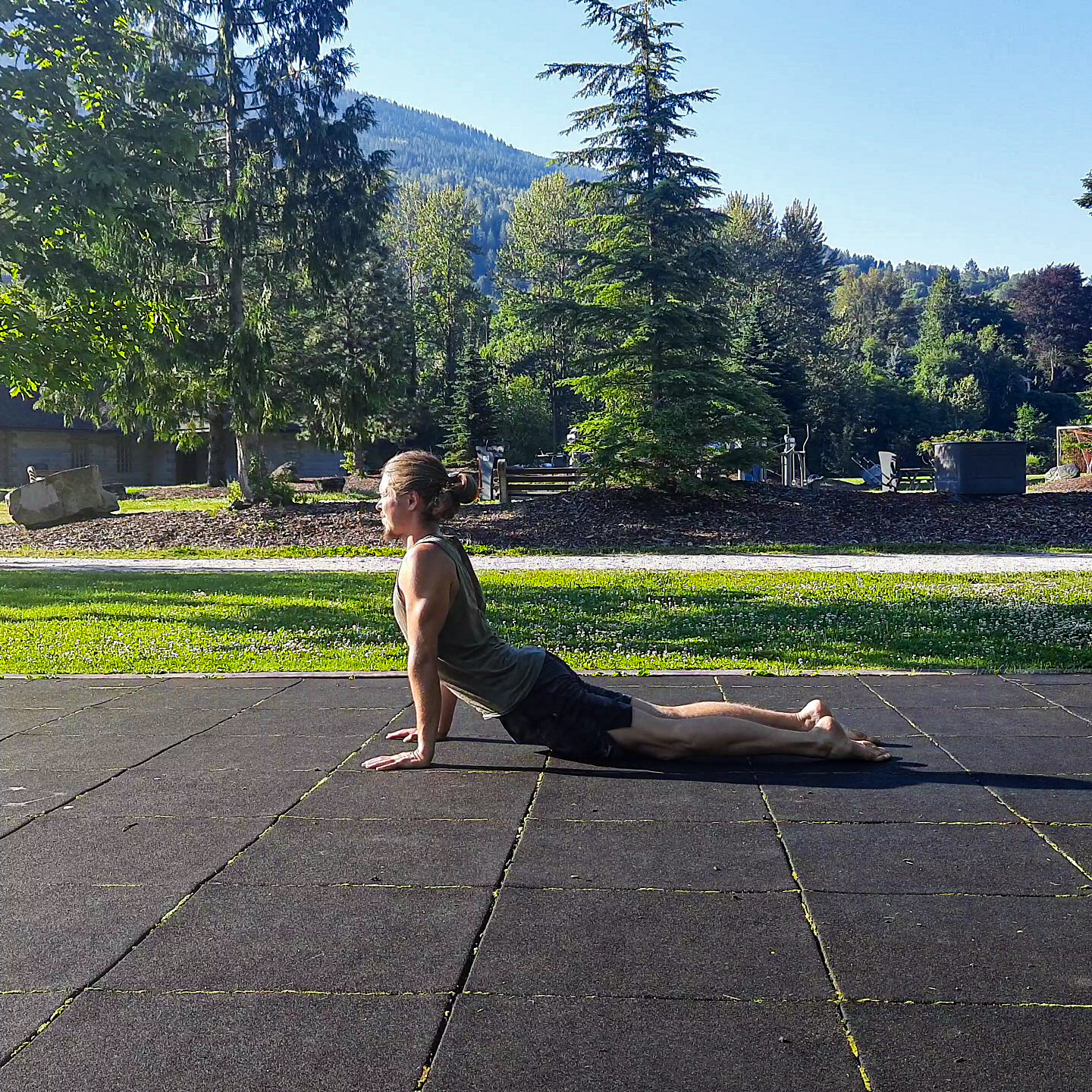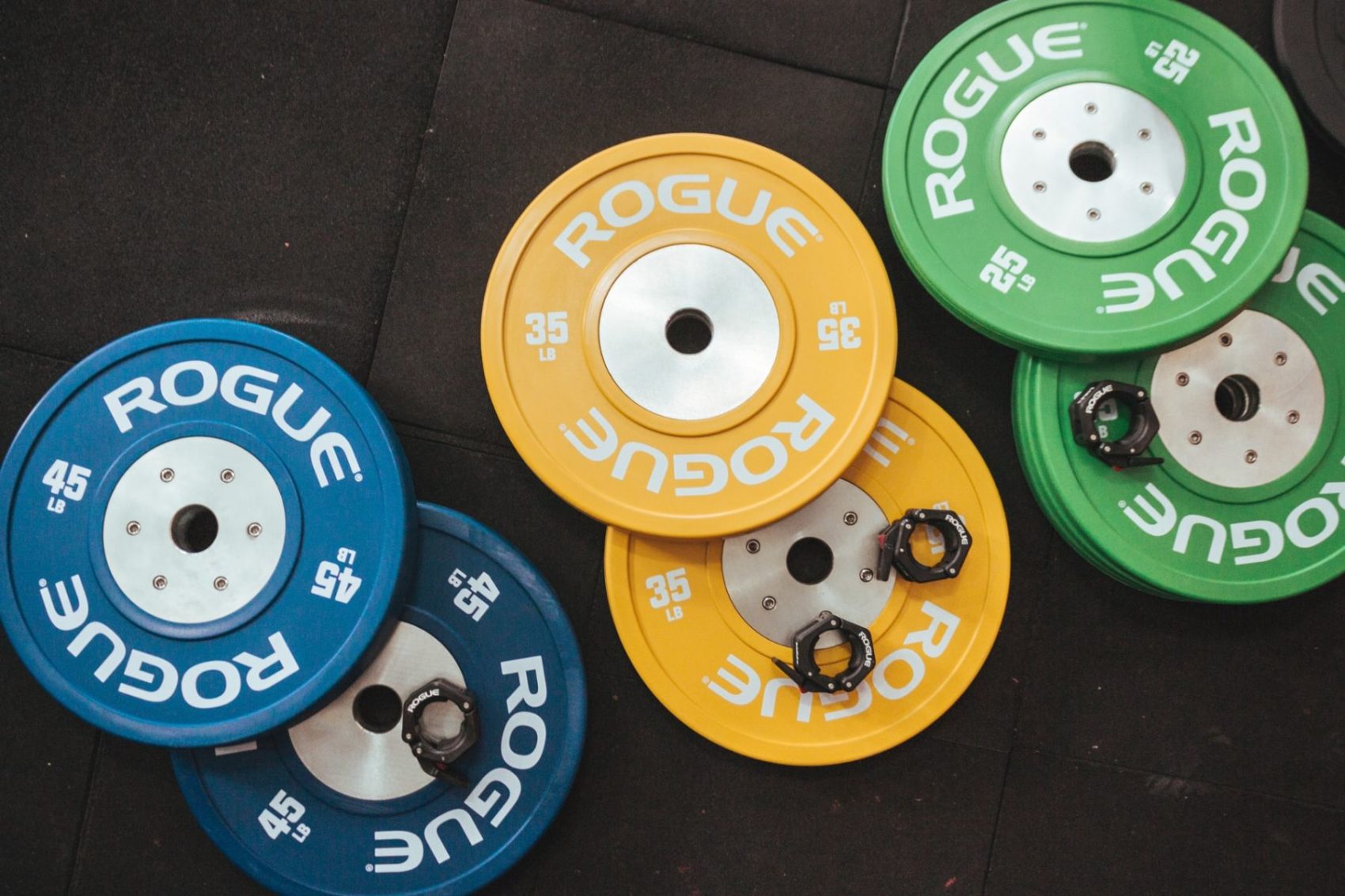Ab training is a hot topic – some train their abs every day, others not at all. So what is the right way to train your abs?
My answer to that would be like every other muscle – hit it hard once or twice a week, then let it rest. Especially in the beginning, many overdo it, because nearly all exercises within calisthenics require your abs to work. Rows? Yes. Pushups? Yes. Front lever? Hell yeah!
Now that that is clear, the question is how to structure it? While there is no absolute right approach to structure a calisthenics abs workout, there are definitely subpar ways. Crunches are boring and one of the worst exercises if you’d ask me. So are all the endless circuits around. Your ab training should support your goals and if you somehow stumbled into this post I assume it is some kind of skill or calisthenics style strength. Therefore, you should train in a way that supports the main movements of your exercise.1
So how do we achieve that?
Two Different Ways to train your Abs

There are two different types of action your core control – stabilization and actively compressing. Compressing means getting your lower limb closer to your upper body – compressing kind of like a spring knife does. Stability describes the act of withstanding a vector of force trying to pull you out of your shape.
Consequently, these are the two movement patterns I’d advise you to hit once a week. Many cover core stability within their front lever work, or compression within press to handstand work – remember it’s all about context. But as a general guideline, once core stability and once compression strength, is a good one. Let’s have a look at what’s behind these two movement patterns.
Core Stability
It would be too easy if it were just core stability – you can further divide it into:
- Anti-Extension (Avoiding global extension, especially of the spine and pelvis, like you would train in a hollow body hold, dragon flag, or plank.)
- Anti-Flexion (Avoiding global flexion, especially of the spine and pelvis, as you would train with all kinds of backbends or arch holds.)
- Anti-Rotation (Avoiding excessive rotation, like often trained in more dynamic movements)
Fortunately, training all of these is much simpler, as there is always an interplay. And there is no need to train everything in every training cycle. It is totally fine to train hollow body holds for one month, while the other focuses more on dynamic movements. It is totally fine to train just push one cycle. It all depends on the context you are in.
Compression Strength
As with stability, you can divide compression into these 3 subsets:
- Global Flexion
- Trunk Rotation
- Sidebending
With all of the compression exercises, the goal is to get your lower limb closer to your upper limb mainly using your abs and hip flexors. That movement strongly resembles a pike movement pattern and that’s why a good pike helps big time, especially when your strength approaches the end range of your flexibility. A good example of this would be hanging leg raises – just think how many people struggle with getting their toes to the bar, while keeping their legs straight. This is more often than not a flexibility issue than one of brute strength.
One outlier here is global extension – it’s definitely not a compression exercise, but rather a kind of active backbend – the antagonistic movement pattern. The different kind of arch holds and backbend exercises are good examples.2 I find this pattern very valuable to train, too. You wouldn’t just train biceps and never ever triceps.
Calisthenics Abs Workout
As shortly touched upon, there is no need for excessive ab training. Train your abs like you would train every other muscle – if strength and power is your ulterior goal. Hit your abs hard once or twice a week that should be plenty, especially if other complex movement patterns tax your core a lot. For example, could extensive front lever training replace most of the core stability part. Front lever work will hit that strong enough. The same goes for press to handstand work.
What I like clients to do is to train core stability once and compressions strength once a week by adding a brief block to the end of their workouts. These two are my favorite templates:
The Core Stability Template
Anti Extension: Dragon Flag Progression
The Dragon Flag is an advanced core stability exercise, favored by Bruce Lee back in the days. 3But don’t be intimidated you can scale the intensity using a straddle or tuck progression like in every other calisthenics movement. Shortening the lever will make the exercises a lot easier. If the tuck version is still music of the future hollow body holds are a great option for this part of your session, too!
Perform 3 sets of 3-5r or hold your hollow body for around ~60s. Another great version is the dragon flag with straight instead of bent arms especially to build straight arm strength for the front lever.

Anti Rotation: Physioball Side Plank
A physioball further adds a challenge to the otherwise pretty boring side plank. Be not fooled by the looks – this exercise is actually really tough! 4 If it is too hard for you yet, another favorite of mine are the threat-the-needle planks.
Hold for around 45s per side. If the holds get too simple you could draw circles with your elbows or perform threat-the-needle planks on a physioball for reps. You get the gist!
Anti-Flexion: Arch Hold
The arch hold is the hollow body holds counterpart. While lying on your bell you try to lift yourself up using your posterior chain and spinal muscles. It is an awesome exercise, if done right, to build a strong back, secure yourself against back pain and prepare for more advanced backbending variations.
The Compression Strength Template
Compression Strength: Hanging Leg Raises

If I’d have to choose one ab exercise, it would be the hanging leg raises. Those build a super-strong core and have a huge carry-over to other skills such as presses to handstand. Don’t waste your time crunching or doing circuits, rather build-up to the real deal – full hanging leg raises. The first start with knee raises while working your flexibility alongside. You can read more in this post on the process.
From one cycle to the other I would swap the straight knee raises with oblique raises to train your rotational capacities a bit more. Swapping through these variations over the month will build your compression strength like little else. Aim for 3 sets of 8-12 reps.
Sidebending: Straddle Side Bends
Sit in a straddle and bend to each side, later on holding a light weight* will further add challenge. This movement pattern is often overlooked and therefore takes some time to get used to.
If the straddle position is too challenging flexibility-wise, an alternative would be heavier standing sidebends using a kettlebell or weightplate. Go for 3 sets of 8-12 reps.
Backbending: Arch Raises
The last missing part is some kind of backbending, training anti-flexion actively. The easiest way is performing the arch hold on reps or integrating other backbending exercises. Have a look at this video for inspiration on those.
I like to do a circle of 8-12 reps each in an arch hold: leg lifts, upper body lifts, full arch lifts.
| Core Stability | Compression Strength |
|---|---|
| Anti-Extension: Dragon Flag (3×3-5r) | Compression: Hanging Leg Raises (3×8-12r) |
| Anti-Rotation: Threat-the-Needle Planks (3x12r) | Sidebending: Straddle/Standing (3x10r) |
| Anti-Flexion: Arch Hold (3x60s) | Backbending: Arch Raises Circuit (1×8-12r per position) |
Everything is Ab Training
Ab training is always context-specific. Within calisthenics, we use our core a lot for other exercises. In fact, nearly every exercise taxes the midsection in some way – that’s why I personally am not a big fan of the misleading term of ‘core‘. More often than not I exclude ab training and simply integrate one stability and one compression exercise – often dragon flags and hanging leg raises – once each week personally and for clients.
That keeps everything effective and simple. Plus, you’ll avoid overtraining this often in every move involved muscle group.
It’s all about looking at your individual needs. That’s why I’m not a fan of the guys saying no one needs ab training – or everyone should train 10 minutes of abs every day. Absolute statements often miss the point or need evidence to be sustainable.
- If you train a lot of V-Sits, Front Levers, Presses, and Planches you likely don’t need any additional ab training.
- If you’re new to calisthenics you’ll likely benefit from exclusive ab training, building up the traits of core stability and compression strength alongside the basic skills.
To finish this off – have a look at where you’re at currently and where you want to go. If unsure do a few sets of hanging leg raises and a few sets of dragon flags once a week. If you are new to calisthenics, or your abs need more attention go for the templates I mentioned above. If you’re heavy into skill work, maybe dedicated ab training isn’t a clever thing to train – at least within this cycle.
As always, check out my programs or coaching opportunities if you need more guidance, and feel free to shoot me all your questions down below!

Footnotes
- Don’t get me wrong – there is nothing wrong with the odd ab circuit. But it is more a kind of strength endurance training for people chasing a pump. But that’s not what will get you strong…
- A good video on the arch hold is this one by Kit Laughlin and this video features a wealth of different backbending exercises
- You can have a detailed look at it in this video by Simon Ata.
- You can have a look at the physioball exercise in this Instagram video by Gabo Saturno.



